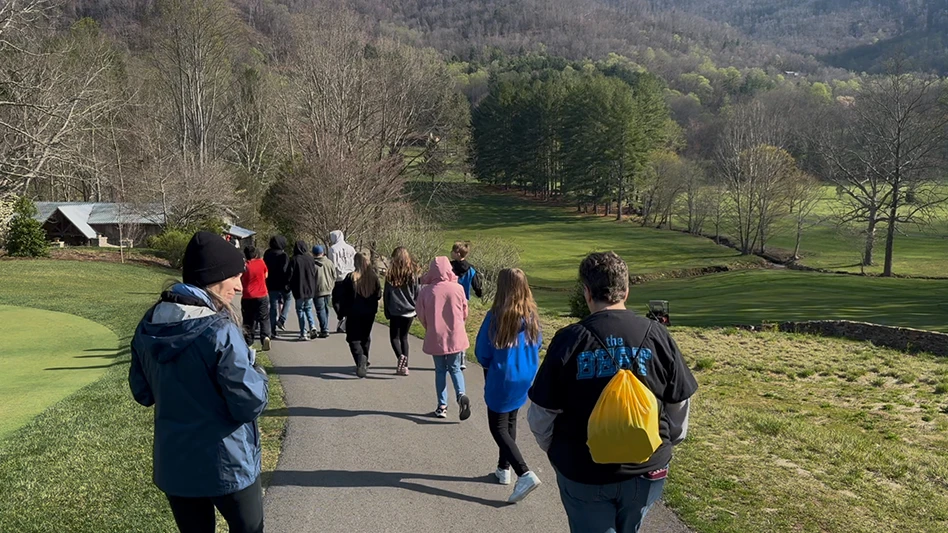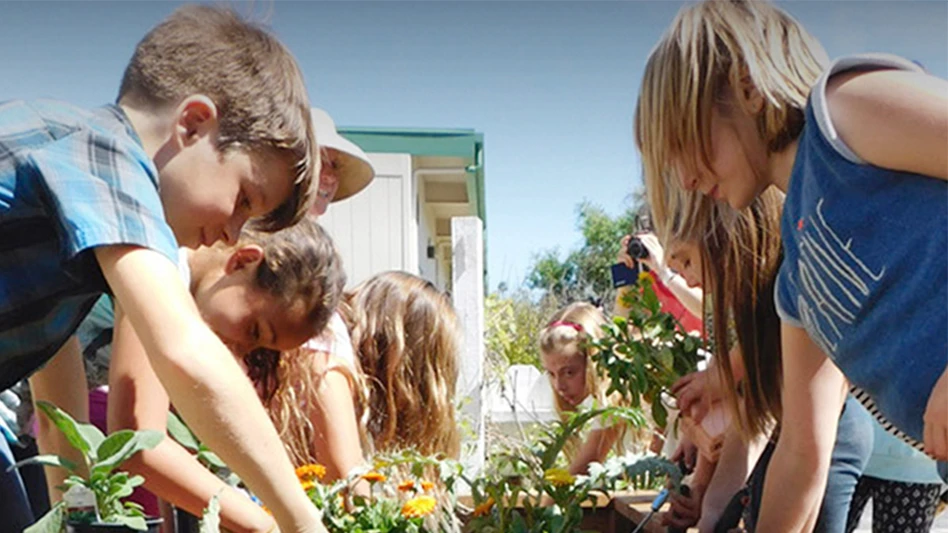

Travel to enough different golf courses and odds are good you will spot some curiosities that raise your eyebrows, wrinkle your nose, perhaps even spark you to turn around and run as fast and as far as you can. Take Gary Ryan, for instance. “I’ve been in the business for about 25 years now,” he says. “I’ve seen some pretty scary things. I’ve seen some places that I didn’t even want to walk into.”
Ryan is the head of grounds management at the Bayer Education and Research Facility in Clayton, North Carolina. He is also about as close to a walking, talking course safety guidebook as you will ever find. If you have a question about chemicals — about storing or handling them, about mixing or applying them, about anything about them, really —Ryan is as great a source as you can find.

Start with the basics. “You have to have trained personnel and the safety measures in place before we even talk about doing any kind of handling, any kind of spraying or anything else,” he says. “If you don’t have that basic knowledge, then it’s not even worth going forward. You have to have your core setup, you have to have your pesticide licenses in place.” And that includes more than just your licensed spray technicians. “The inclusion of your handlers is very important — they need to know the safety procedures, when something becomes a safety issue or an emergency, who to contact, how to move forward. Those handlers are “usually the more responsible employees,” he says. “They need to get more education, they need to stay up to date.”
People are and will always be the most important part of the process. Proper storage is almost as high on the list. Ryan recommends a separate facility for storage and mixing — and preferably well away from the maintenance facility. “Even the bare basic model is probably going to give you better protection than your maintenance facility because it’s separate from the building where you’re functioning on a day-to-day basis,” he says. “Depending on what you’ve got as far as a pesticide storage building — and I know it’s all based on budget and what your course can and can’t do, and obviously not everybody can have a Cadillac, some of us drive a Chevy — if you can manage what you have, that’s the most important part.”
If circumstances keep you from a separate storage and mixing location, “make sure you take all precautions and follow all guidelines,” Ryan says. “You have to kind of segregate it from the rest of your building.” Ryan says he thinks proper safety precautions are overlooked in situations like that, especially for mixing areas. “We carry portable bottles of eye wash at all times. You know as well as I do that when you’re mixing a product, the point of mixture is where the product is at its highest concentration. You’re coming in direct contact with it, there are contact issues, there are ventilation issues, all that.”
No matter where you keep your chemicals, keeping the space in order is key. Leaks and spills can mix and cause chemical reactions and personal protective equipment can become contaminated — especially if you keep disposable and reusable PPE in close contact. There is also the matter of just being able to find what you need when you need it. And there are inspections to consider. “Just keep the place cleaned up,” he says. “When you do your inventory, it’ll make it a little easier.” ?

Explore the March 2020 Issue
Check out more from this issue and find your next story to read.
Latest from Golf Course Industry
- From the publisher’s pen: Watery dilemma
- The Aquatrols Company hires marketing manager
- Renovating Bredemus in West Texas
- Renovation starts at Okatie Creek GC at Sun City Hilton Head
- The Fittest Podcast in Turf: Episode 1
- New 6-hole course debuts in Oklahoma
- GCSAA announces Grassroots Ambassador Leadership Award recipients
- Reel Turf Techs: David Gummo





